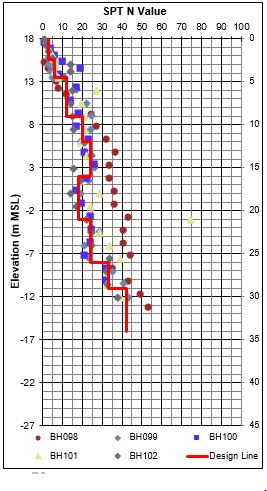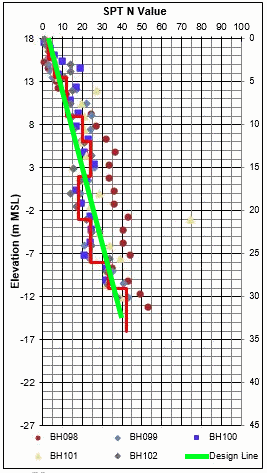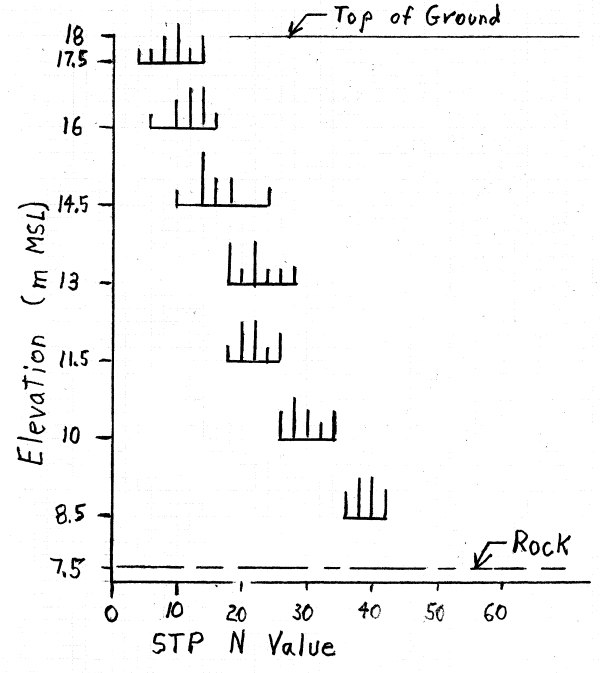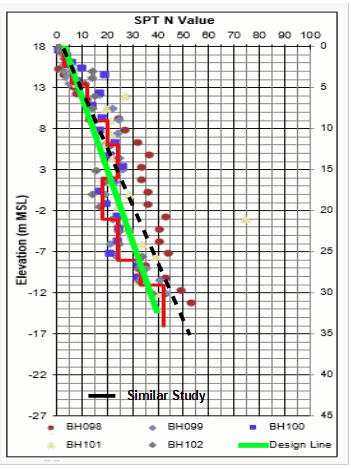EireChch
Geotechnical
- Jul 25, 2012
- 1,336
Interested to know what people’s take on statistics is?
Do many engineers use it on a day to day basis?
Does it reduce the need for engineering judgement? An older engineer has told me that while engineering judgement is important, it is becoming less acceptable these days.
I have used it on a few projects where we had lot of data. We looked at mean, standard deviation etc and worked out a value 95% confidence value which means that there is a 5% chance that you will have a parameter lower (or higher, depending on parameter) than your 95% confidence value.
The use of statistics is promoted in Eurocode but there is still room for an engineer to adopt a “cautious estimate” (i.e use judgement).
Has anyone had any bad experiences with statistics ? Was it killing your design?
Do many engineers use it on a day to day basis?
Does it reduce the need for engineering judgement? An older engineer has told me that while engineering judgement is important, it is becoming less acceptable these days.
I have used it on a few projects where we had lot of data. We looked at mean, standard deviation etc and worked out a value 95% confidence value which means that there is a 5% chance that you will have a parameter lower (or higher, depending on parameter) than your 95% confidence value.
The use of statistics is promoted in Eurocode but there is still room for an engineer to adopt a “cautious estimate” (i.e use judgement).
Has anyone had any bad experiences with statistics ? Was it killing your design?

![[idea] [idea] [idea]](/data/assets/smilies/idea.gif)



